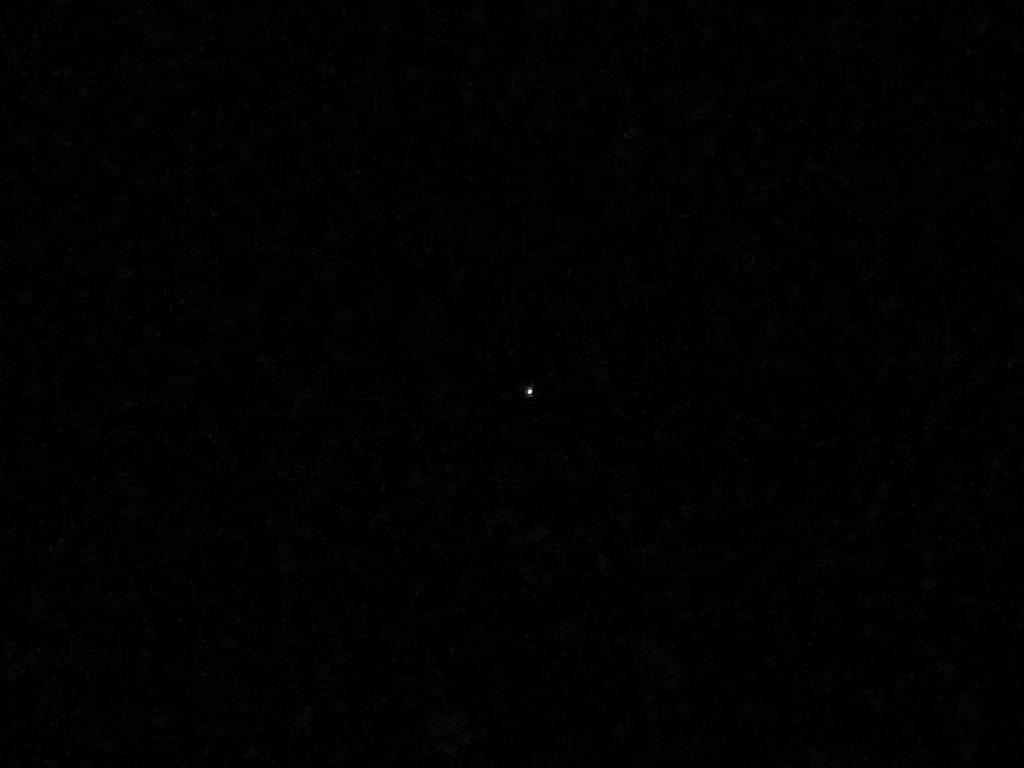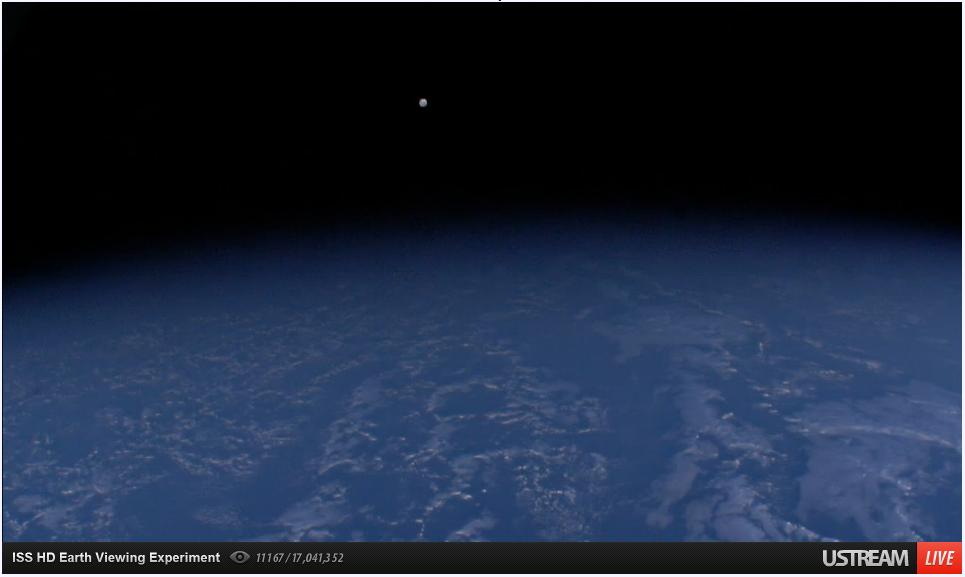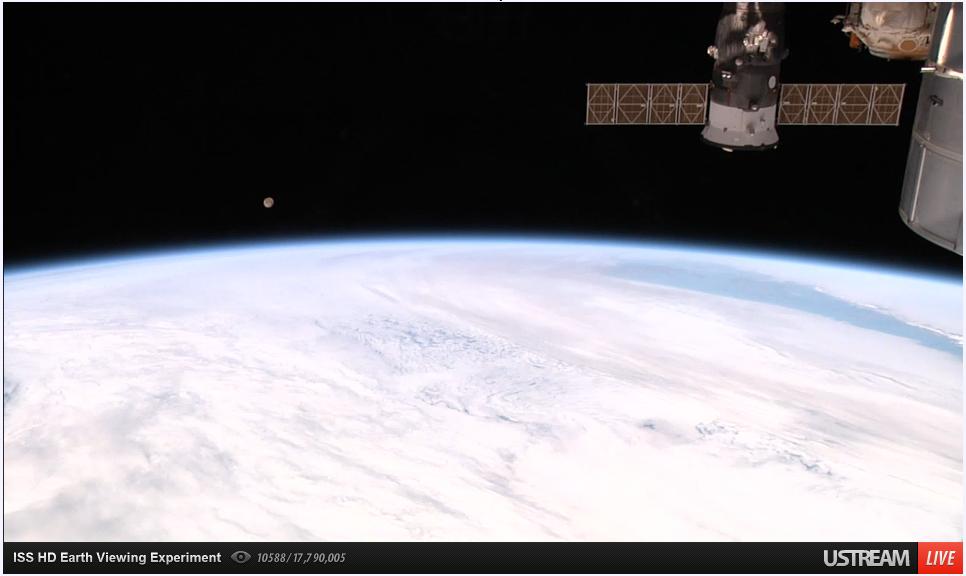I’m just getting around to posting about the International Space Station (ISS) passing over the Arizona High Desert last week. It was a pretty good pass, the ISS being visible almost from the west horizon to the southeast horizon. The maximum elevation above the horizon for this pass was 78°.
We use the on-line SpaceWeather.com satellite flybys tracker to predict when a suitable satellite pass will occur. We use the filter function to display only the ISS, since those are usually the most dramatic flyovers.
The remarkable thing about the photo is that I candidly snapped the flyover using my less-than-optimum pocket camera, a Canon PowerShot A1400, and got this relatively good image of the ISS as it passed high over the parapets of our little house. Click on the image to enlarge.








